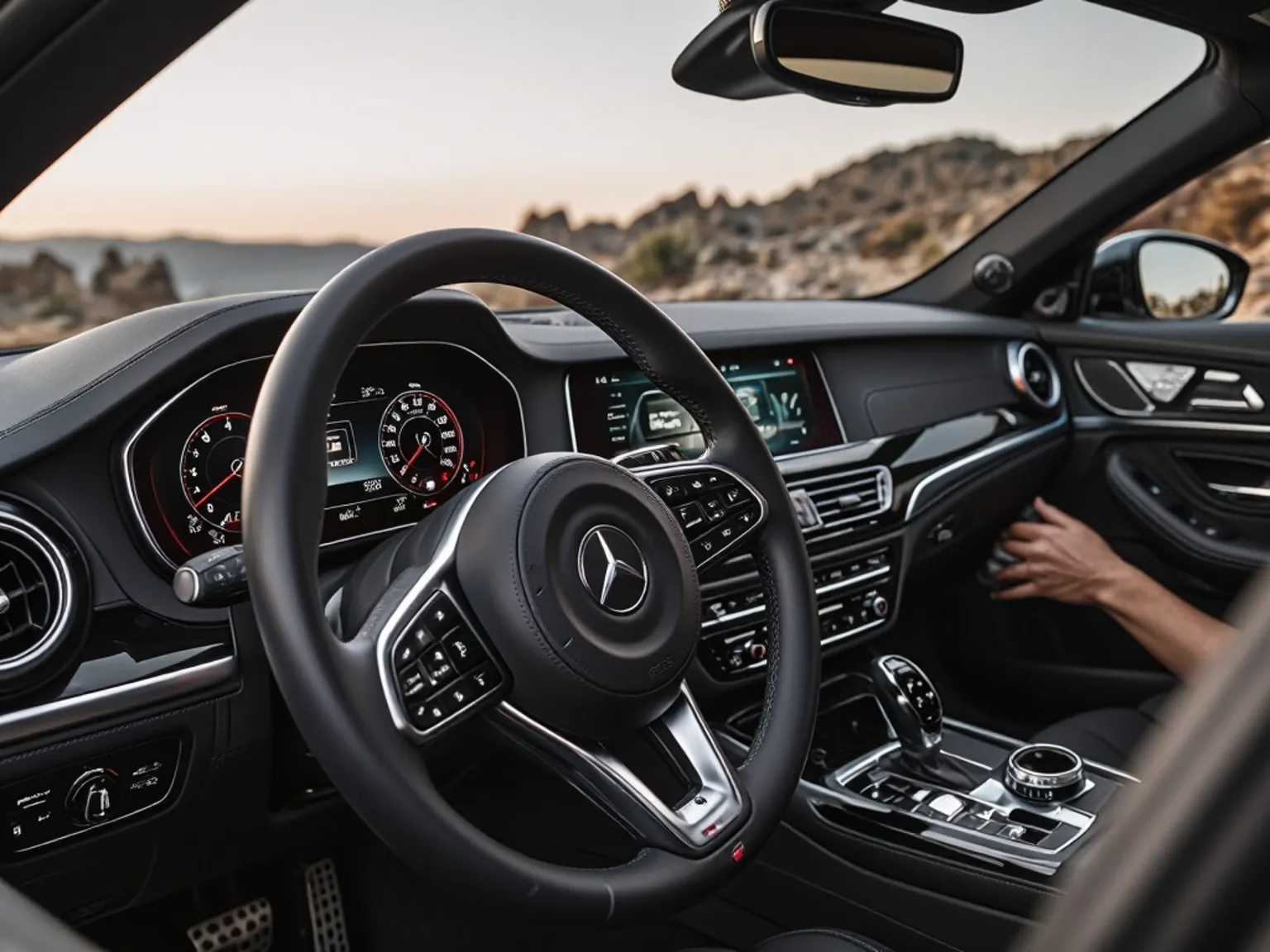
A cracked or faded dashboard is a common affliction for many vehicles, especially those exposed to harsh climates. It is more than just an aesthetic issue; a damaged dashboard can significantly detract from your car’s overall appearance and, more importantly, diminish its resale value. Conventional wisdom often dictates a full dashboard replacement, a costly and time-consuming procedure. However, advancements in repair techniques offer a compelling alternative: dashboard restoration. Can a simple repair truly save you hundreds? Let’s explore the process and the remarkable results.
Why Dashboards Crack & Fade: Understanding the Culprits
Before delving into the repair process, it is essential to understand the underlying causes of dashboard damage. Several factors contribute to the deterioration of these vital interior components:
- Sun Exposure: The relentless barrage of ultraviolet (UV) rays is the primary culprit. UV radiation breaks down the chemical bonds in the dashboard’s plastic and vinyl materials, leading to fading, discolouration, and ultimately, cracking. The damage is particularly pronounced in areas with intense sunlight.
- Temperature Changes: The constant fluctuations between hot and cold temperatures exacerbate the effects of sun exposure. Extreme heat causes the dashboard to expand, while cold temperatures cause it to contract. This repeated cycle of expansion and contraction weakens the material, making it brittle and prone to cracking.
- Aging Plastics: Over time, the plastic and vinyl materials used in dashboards naturally degrade. The plasticisers, which keep the materials flexible, evaporate, leaving the dashboard dry and brittle. This ageing process is accelerated by exposure to sunlight and extreme temperatures.
- Poor Initial Manufacturing: In some cases, lower quality dashboards can have inherent weaknesses that make them more prone to cracking and fading.
The Restoration Process: A Meticulous Approach
Dashboard restoration is a multi-stage process that requires precision and expertise. Here is a breakdown of the key steps involved:
- Deep Cleaning: The initial step involves a thorough cleaning of the dashboard surface. This removes accumulated dirt, grime, dust, and oils that can interfere with the repair process. Specialised cleaners are used to ensure that the surface is completely clean and free of contaminants.
- Crack Repair: This is the most critical stage of the restoration process. Skilled technicians carefully fill and smooth the damaged areas. Depending on the severity of the cracks, various techniques and materials may be employed. Flexible fillers are used to repair cracks and restore the dashboard’s original contour. The repair process is often very labour-intensive.
- Recolouring and Sealing: Once the cracks are repaired, the dashboard is recoloured to restore its original appearance. Colour matching is a crucial aspect of this stage. Technicians use specialised dyes and pigments to achieve a seamless and authentic finish. After recolouring, a protective sealant is applied to the surface. This sealant acts as a barrier against UV rays, spills, and other environmental factors, ensuring long-lasting durability.
- Texture Matching: Many dashboards have a specific texture. Skilled professionals can replicate this texture, so the repair is nearly invisible. This is a very important part of the repair.
The Before & After: A Complete Transformation!
The transformation of an Audi’s sun-damaged dashboard serves as a compelling example of the efficacy of this restoration process. The “before” photos revealed a dashboard marred by cracks, fading, and discolouration. The once-sleek surface had become dull and lifeless, detracting from the car’s overall appeal.
The “after” photos, however, told a different story. The dashboard now boasted a smooth, flawless surface, free of cracks and imperfections. The colour had been restored to its original vibrancy, giving the interior a fresh and rejuvenated look. The owner was astounded by the dramatic difference, expressing disbelief at the extent of the transformation.
The most significant benefit, however, was the cost savings. A full dashboard replacement can easily cost hundreds, if not thousands, of pounds, depending on the vehicle model. In contrast, dashboard restoration offers a much more affordable solution, allowing car owners to achieve similar results at a fraction of the cost.
The Practical and Financial Benefits
Beyond the aesthetic improvements, dashboard restoration offers several practical and financial benefits:
- Cost Savings: As demonstrated by the Audi example, restoration is significantly more affordable than replacement.
- Increased Resale Value: A well-maintained interior, including a pristine dashboard, enhances a car’s resale value. Potential buyers are more likely to be attracted to vehicles with clean and well-preserved interiors.
- Extended Dashboard Lifespan: By repairing cracks and applying a protective sealant, restoration extends the lifespan of the dashboard, preventing further damage and deterioration.
- Environmental Friendliness: Repairing instead of replacing reduces waste and conserves resources, making it a more environmentally friendly option.
Choosing a Professional Restoration Service
While DIY dashboard repair kits are available, professional restoration services offer several advantages. Experienced technicians possess the expertise and specialised tools to achieve superior results. They can accurately match colours, repair complex damage, and ensure a flawless finish.
Moreover, professional restoration services often provide warranties, offering peace of mind and assurance of quality. They use high-quality materials and techniques that are designed to last, ensuring that your investment pays off in the long run.
The Future of Dashboard Restoration
As automotive technology and materials continue to evolve, dashboard restoration techniques are also advancing. New materials and processes are being developed to enhance durability and improve the quality of repairs.
Dashboard restoration is a testament to the power of repair and rejuvenation. It offers a cost-effective and environmentally friendly solution to a common automotive problem, allowing car owners to restore their vehicles to their former glory.